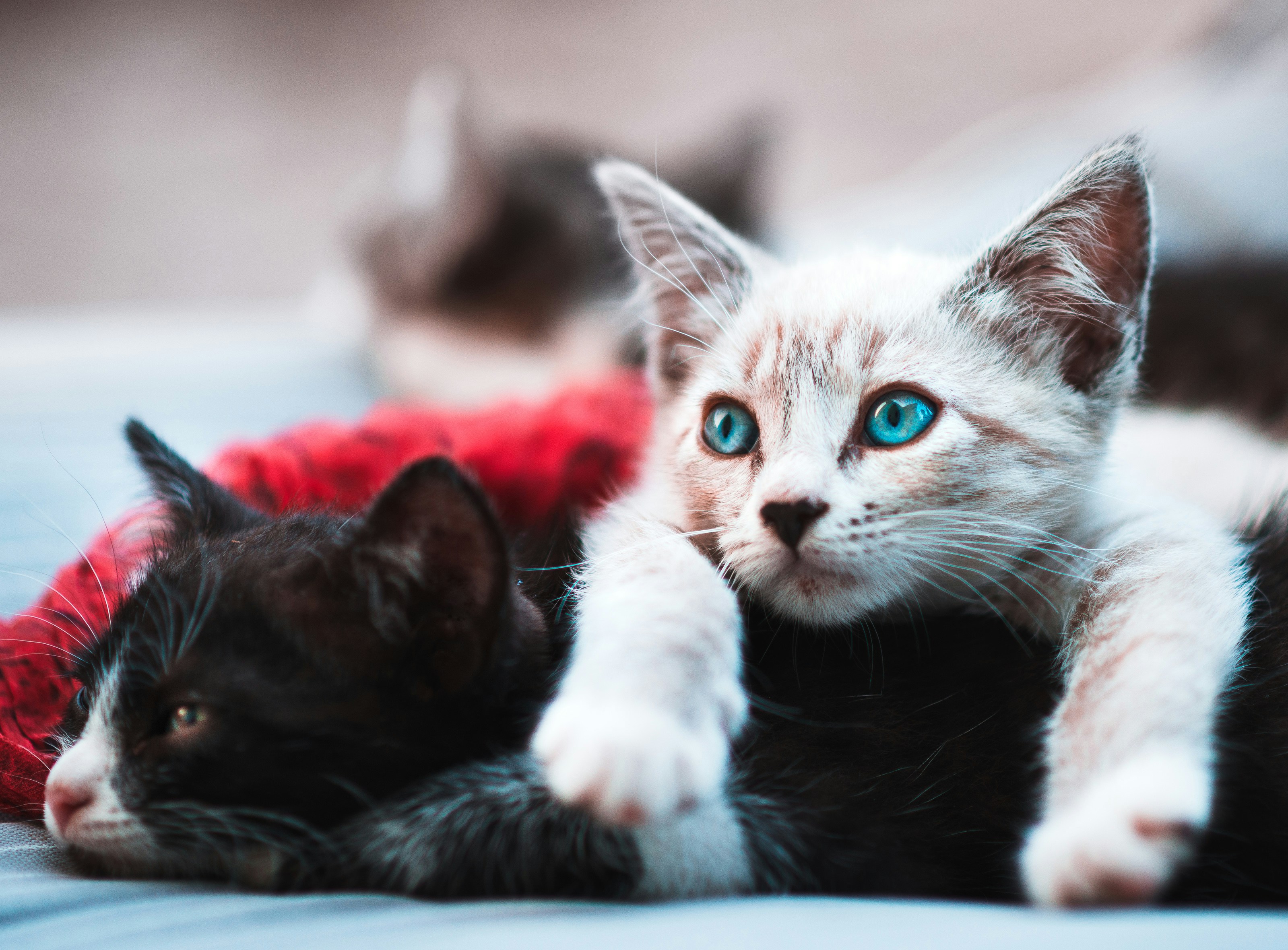Cats may seem like low-maintenance companions, but their nutritional needs are surprisingly complex. One of the most important—and often overlooked—factors in feline health is calorie intake. Too few calories can lead to weight loss and malnutrition, while too many can cause obesity, diabetes, and joint problems. But here’s the tricky part: a cat’s daily calorie needs are not fixed. They change depending on their activity level, age, life stage, and overall health. Understanding these factors and learning how to use a cat calorie calculator can help you keep your feline friend healthy, active, and happy for years to come.
Why Calorie Needs Vary Among Cats
Unlike humans, cats are highly individual when it comes to metabolism and energy use. Two cats of the same breed and weight can have very different calorie requirements due to differences in personality, lifestyle, and health. That’s why feeding recommendations printed on cat food bags are often too general. Instead, calculating your cat’s exact needs is essential for optimal health.
Activity Level
A playful, energetic cat that spends hours chasing toys or climbing cat trees will burn more calories than a cat that prefers lounging in a sunny spot all day. Outdoor cats tend to be more active than indoor cats, which means they generally require more calories to maintain their weight. If you use a cat calorie calculator, be sure to adjust the activity setting to reflect your cat’s true lifestyle.
Age and Life Stage
Kittens have high energy demands to support rapid growth, often requiring nearly double the calories per pound compared to adult cats. Once a cat reaches adulthood (around one year old), calorie needs stabilize, but they may increase again in senior years if the cat becomes less efficient at absorbing nutrients. Pregnant and nursing cats also need significantly more calories to support their own health and their kittens.
Neuter/Spay Status
Spayed and neutered cats often experience a metabolic slowdown, which can lead to weight gain if calorie intake is not adjusted. This doesn’t mean they require drastically less food, but it does mean that portion sizes and calorie density should be monitored closely.
How to Calculate Your Cat’s Daily Calorie Needs
Most pet calorie calculators rely on the Resting Energy Requirement (RER) formula as a starting point:
RER = 70 × (body weight in kg)0.75
This number represents the calories your cat needs at rest to maintain essential bodily functions. Once you have the RER, you multiply it by a factor that accounts for activity level, age, and life stage. For example:
- Indoor, inactive adult cat: RER × 1.0
- Active adult cat: RER × 1.2–1.4
- Kitten: RER × 2.5
- Pregnant/lactating cat: RER × 2.0–4.0
The easiest way to do this is to use our cat calorie calculator, which automatically applies the correct multipliers based on your inputs.
Benefits of Calculating Your Cat’s Calories
- Prevents obesity and related health issues.
- Supports healthy weight management throughout all life stages.
- Improves energy, mobility, and quality of life.
- Allows for precise feeding, reducing food waste and cost.
Best Practices for Feeding Your Cat
- Weigh your cat regularly and update the calorie calculation if their weight changes.
- Use a kitchen scale to measure food portions for accuracy.
- Provide a balanced diet with the right mix of proteins, fats, and minimal carbohydrates.
- Consult your veterinarian for personalized recommendations.
Every cat is unique. By using a reliable cat calorie calculator and considering their activity, age, and health status, you can ensure they get exactly what they need—no more, no less—for a long, healthy, and happy life.
← Back to Blog